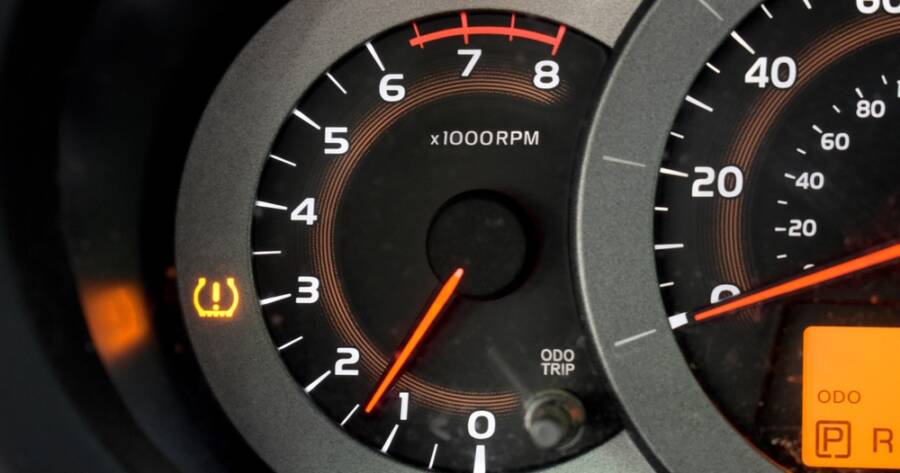Few things cause more confusion for drivers than a glowing warning light on the dashboard. It’s easy to feel anxious when a new symbol appears, but most lights are simply your vehicle’s way of communicating a need for attention—not necessarily a crisis. Understanding what each one means helps you respond quickly, prevent costly repairs, and drive more safely. A little dashboard knowledge can turn panic into preparedness and keep your car running smoothly.
Check Engine Light: The Big One
The check engine light is one of the most recognized—and misunderstood—dashboard warnings. It signals that your car’s onboard diagnostics system has detected something outside of normal operation. This could range from a loose gas cap to a more serious issue like a failing oxygen sensor or catalytic converter.
If it comes on steadily, schedule a service appointment soon. But if it flashes, pull over safely and shut off the engine, as continuing to drive could cause damage. Because this light covers a wide range of issues, it’s smart to have the vehicle scanned for diagnostic codes. Catching problems early often saves time and money in the long run.
Oil Pressure Light: Low Lubrication Warning
When the oil pressure light illuminates, it usually means the engine isn’t receiving enough lubrication. Oil keeps metal parts from grinding together, and low pressure can quickly lead to serious damage. The symbol often looks like a small oil can.
If this light appears while driving, stop as soon as it’s safe and turn off the engine. Check the oil level using the dipstick—if it’s low, add the proper type of oil and see if the light turns off. If it remains on, call for roadside assistance or a tow to avoid further harm. Regular oil changes and monitoring levels can prevent this critical warning from appearing in the first place.
Battery Light: Electrical System Alert
The battery warning light doesn’t just mean your battery is weak—it can also point to problems with the charging system. The symbol, shaped like a car battery, typically indicates that the alternator isn’t producing enough power to charge the battery or run electrical systems efficiently.
If you notice dimming lights, sluggish power windows, or fading dashboard displays, your alternator may be the culprit. While it’s often possible to keep driving for a short distance, the car could eventually lose power altogether. Have the electrical system tested promptly to determine whether you need a new battery, alternator, or connection repair.
Brake System Light: Safety First
The brake warning light demands immediate attention. It can appear for several reasons: low brake fluid, worn pads, or an engaged parking brake. Some vehicles have separate lights for the anti-lock braking system (ABS), but both indicate that stopping power could be compromised.
If the light stays on after releasing the parking brake, check fluid levels and inspect for leaks. Grinding noises, vibration, or a “soft” pedal are signs it’s time for professional service. Since brakes are your car’s most vital safety feature, never ignore this signal. Regular inspections and timely pad replacements are the best way to keep braking performance—and confidence—high.
Tire Pressure Light: Don’t Ignore the Air
The tire pressure monitoring system (TPMS) light looks like a horseshoe with an exclamation mark in the center. It means one or more tires are significantly underinflated or, in some cases, overinflated. Improper tire pressure affects fuel efficiency, handling, and tread life—and can even lead to blowouts.
When this light turns on, check your tire pressures with a gauge as soon as possible and inflate them to the levels listed on your car’s door placard or owner’s manual. Fluctuations in outdoor temperature can also trigger the light temporarily, especially in colder months. Consistent tire checks every few weeks keep your car running safely and efficiently.
Knowledge That Keeps You Moving
Understanding your dashboard isn’t just about avoiding panic—it’s about staying proactive. Each light serves as an early warning system, helping you catch small issues before they escalate into major repairs. Paying attention to these signals protects both your safety and your wallet. The more familiar you are with your car’s indicators, the more confident and capable you’ll feel behind the wheel. With awareness and regular maintenance, those warning lights become tools—not fears—on every drive.

